This website uses cookies so that we can provide you with the best user experience possible. Cookie information is stored in your browser and performs functions such as recognising you when you return to our website and helping our team to understand which sections of the website you find most interesting and useful.
How Sauternes barrels are adding a luxury finish to whisky
There’s nothing new about a Sauternes finished whisky, but as the trend for luxury finishes across spirits brands grows, so has the demand for these sweet barrels. Add in the limited and variable supply and their value is only increasing. Wendy Narby reports.
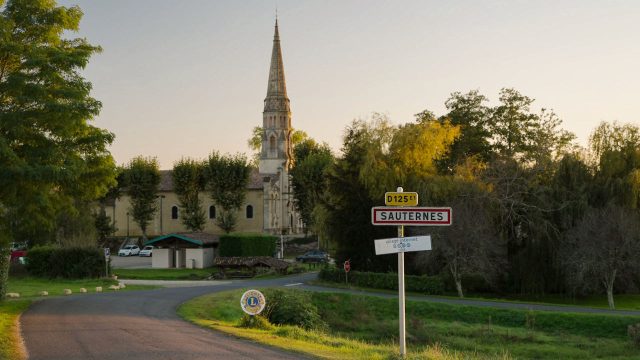
According to the Sauternes and Barsac ODG (Organisme de Défense et de Gestion – growers collective) between 50 and 60 different spirits currently use the term ‘Sauternes finish’. A large amount given the supply of barrels. To help support and control this market, the ODG has just launched a Sauternes Cask Certification, guaranteeing the origin of the casks used in a ‘Sauternes finish’.
Why certify?
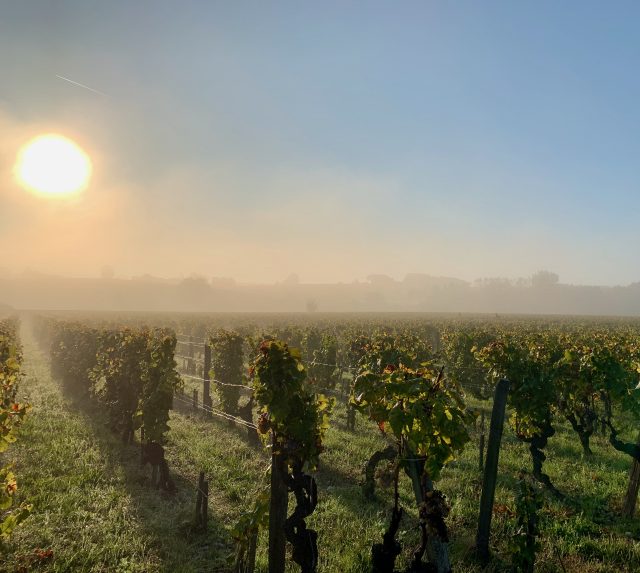
There’s the guarantee of traceability and quality assurance, important as their desirability increases. Qualifying barrels, or casks as they become when they get into the hands of whisky makers, are marked with a QR code indicating the number of the barrel, confirming they adhere to the certification conditions.
To qualify, the barrel must be sourced from within the Sauternes or Barsac AOC and have aged Sauternes or Barsac wine for at least six months. Most Sauternes will age considerably longer than this. Each barrel is controlled at least twice by the Cofrac, an independent national certification organisation. There is, of course, a cost, approximately €16 per barrel and the inevitable paper work.
The notoriously variable volume of Sauternes produced each vintage means the reserve of barrels is volatile. Difficult and smaller vintages in 2017 and 2021 haven’t helped, although 2023 was more encouraging.
Pierre-Baptiste Fontaine, director of the ODG, estimates there is an average annual supply of several thousand barrels and confirms that since 2010, wine makers from the appellation have sold virtually all their used barrels to distillers and stocks are decreasing.
The Sweet Spot

On average Sauternes will age 18-24 months in new oak barrels, after which the barrels can go on to a longer and more valuable life cycle.
They average four to five years of use in Sauternes, perhaps for 2 to 3 vintages depending on the property, for both first and second wines and often a dry white, an increasingly popular production in the region. They then go on to have a lifespan elsewhere for as long 15 years.
The good news for the appellation is the higher value of used Sauternes barrels enjoy compared to red wine barrels.
A brand new barrels costs around €900 euros, a used Sauternes and Barsac barrel can resell for around €400/600, even after five years. Whereas the value of a red wine barrel decreases by around 50% for every year it is used. After three or four years the same €900 barrel will be worth less than €100. For once, Sauternes producers have an advantage over red Bordeaux!
Sauternes production is expensive, time consuming and challenging, as is finding a market for the wine. although the newer, fresher style of Sauternes is changing this, adding value to used barrels can only be good news for producers.
A sweet finish

Sauternes wines are known for their complex aromas and flavours, thanks to the development of the magical but temperamental Botrytis Cinerea on the late harvest grapes. This noble rot concentrates the wine and adds complexity to the Semillon dominated blends.
Characteristic aromas include honey, apricot, tropical fruit, marmalade and candied citrus peel complimented by sweet spices, grilled and nutty aromas.
These flavours penetrate into the barrels as the wines age. Spirits with higher levels of alcohol, go deep into the wood and give these characteristics back to the whisky. Read tasting notes for a Sauternes finish whisky and you could be forgiven for confusing them with the tasting notes for wines of the appellation. The residual sugar in Sauternes is usually well over 100g per litre, some of this also remains in the oak and imparts a desired sweetness and smoothness to the spirits.
Golden casks
Unlike finishing in red wine and port casks, Sauternes casks don’t affect the colour of the whisky, preserving its amber hue, another reference to the golden signature of Sauternes.
Upcycle

To better understand this used barrel market I spoke to H & A, a Bordeaux-based but international company that finances and manages the lifecycle of wine barrels from cooperage to wine cellar to whisky distiller and beyond. The H & A model is one of sustainability, cash flow management and taking the bothersome task of selling used barrels away from wine makers.
They estimate over 700 thousand barrels are made for the wine industry every year and they aim to increase their useful life. They currently manage a stock of around 900 thousand barrels across wine and spirits regions of the world, guaranteeing a second or third life to barrels.
Traditional Bordeaux barrels are made from 150 plus year old oak trees, giving them as long and as sustainable and useful life as possible is a laudable goal.
Barrel management is a fascinating but overlooked part of wine making, not only for the complexity it brings to the wine but also for cash flow management. Yet another skill set for winemakers to manage, and an increasing important one given the prices of new French oak barrels. At €700-1300 each the barrel budget is a considerable part of the cost of producing these top wines. Leasing or renting barrels is an increasingly interesting model for wineries, for cash flow and for the complicated and time consuming task of finding a profitable market for used barrels.
H & A estimate there is currently a stock of 1000-1200 Sauternes and Barsac barrels across producers. It is upbeat about this new certification adding value, and traceability to what is a competitive market. Although take up in the first year hasn’t been as fast as
anticipated, it’s early days and many producers found themselves caught out by the submission dates for paper work. H & A take on the €16 per barrel certification fee as part of their service.
It hinted that one of the motivations behind the certification was the large and increasing number of Sauternes finished spirits in the market compared to the numbers of barrels available. It’s difficult to assess barrel usage as distillers may use these barrels to finish their spirits for just a few months at the end of ageing, using the same barrel across several different batches. Just as for wine, different ages of barrel bring something different to the spirit, these are then blending for the finished product.
Value added
Sauternes finished whiskies don’t come cheap and the mention of Sauternes on the label of an upmarket whisky can only raise the profile of the appellation amongst a sophisticated clientele of whisky drinkers.
H & A are a model of discretion about where their barrels are headed, physically removing any mention of the chateau name from the barrel head unless the producer and client are in agreement. Other distillers work closely with chateaux, co-branding the finished product.
There are four major destinations for these barrels, Whisky and Rum are the traditional and most popular destinations. Experiments with gin and vodka seem to be less successful, the role of botanicals playing a greater part in the aromatic complexity than the barrel. Tequila and Mescal are now also using signing their top products with sweet barrels.
This is a dynamic part of the spirits market, very popular with younger drinkers. Who said Sauternes wasn’t trendy?
Whiskies for wine lovers – some to try
The tasting notes for these whiskies (and other spirits) finished in Sauternes or Barsac could easily be from a Sauternes tasting.
Glenmorangie Nectar 16
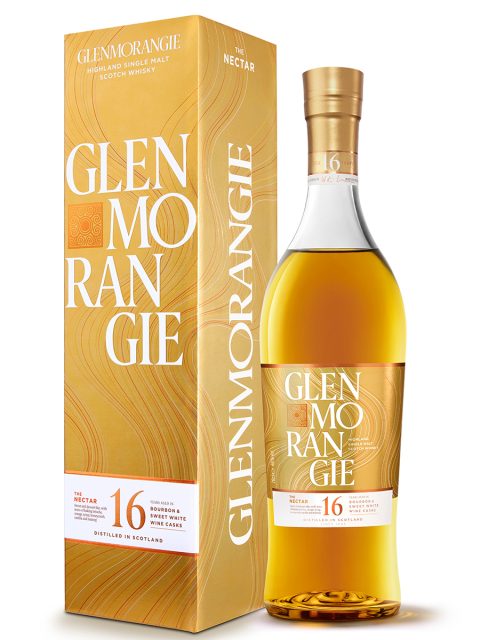
Vanilla, citrus, honey, apricot, orange peel come back again and again.
The original, as far as I’m aware is Glenmorangie Nectar d’Or that was aged for 10 years in American white-oak casks, before two years extra-maturation in Sauternes
Barrels.
The current iteration, The Nectar 16 year old is aged for 14 years in bourbon casks and finished for two years in sweet white wine casks from Sauternes, Monbazillac, Moscatel and Tokaji. That’s quite a barrel blend. Although LVMH owns both Glenmorangie and Château d’Yquem, the name is never mentioned.
Tullibardine 225

I discovered the Tullibardine Sauternes finish back in 2017 as part of an whisky and chocolate pairing at the distillery.
It is named Tullibardine 225, after the 225 litre size of the Bordeaux barrel. Its ‘Sovereign’ single malt whisky is finished for a minimum 12 months in barrels from Château Suduiraut, first growth Sauternes after a first-fill in ex-Bourbon barrels. It did go really well with the dark chocolate.
The Arran Malt Sauternes Cask finish
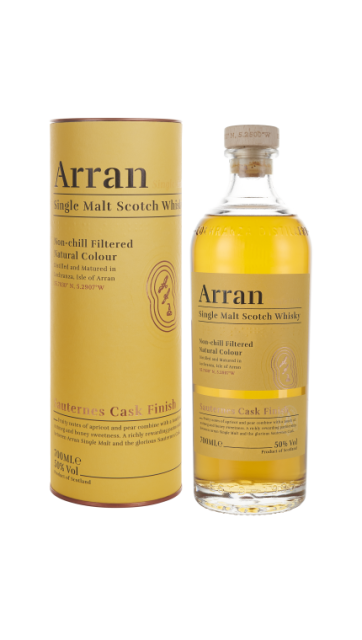
The Arran Distillery has two sites on the Island of Arran. It described its Arran Sauternes Cask finish as a ‘dessert dram’, appropriate as Sauternes is so often (sadly) relegated to a dessert wine. Its single malt is aged in oak casks for 8 years before being finished in a Sauternes barrels from a ‘talented small producer’ (see my comments about anonymity).
Kilchoman

The Kilchoman Sauternes Cask Finish is one of the limited edition wine cask releases from Kilchoman. A 16 year single Speyside Malt blend from thirty 2012 ex-bourbon barrels was finished in Sauternes casks for five months before bottling for a limited release of 10,000 bottles.
Auld Alliance
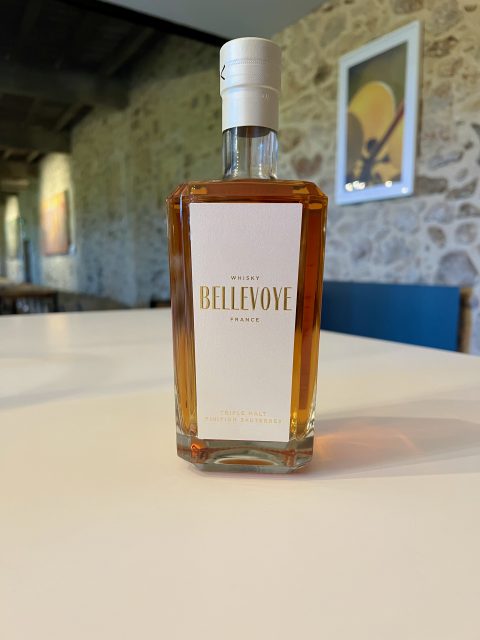
France is one of the largest Scotch markets in the world, it’s not surprising it now produce their own whisky nor that it would finish in French oak barrels. Les Bienheureux, part of the Moueix family holdings, have been creating Whisky and other spirits since 2015.
Their Bellevoye whiskies have a range of different finishes, with the Bellevoye Blanc aged for in oak barrels before spending it’s last six months in barrels from Château Sigalas Rabaud first growth Sauternes.
Around the world
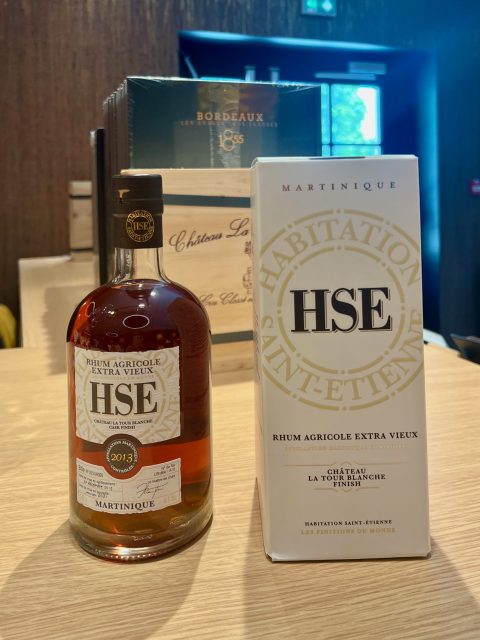
It’s not surprising Bordeaux barrels would find their way to the French Caribbean island of La Martinique. The island has it’s own Rum AOC: Rhum Agricole AOC Martinique. (Rhum is the French spelling).
The Habitation Sainte Etienne (HSE) produce ‘Finitions du monde’ small single casks with difference finishes. Their Sauternes finish is aged for five years before spending it’s last year in barrels from Château La Tour Blanche, 1er Cru Classé of Sauternes. Working with the distillery to ensure their barrels have a useful second life is an integral part of the sustainable philosophy of the château.
In Mauritius, the Sauternes Cask Finish from The Chamarel distillery, is an eight year old rum, initially aged in French oak barrels for a minimum of six years, before finishing in ex-Sauternes barrels for a further 18 months.
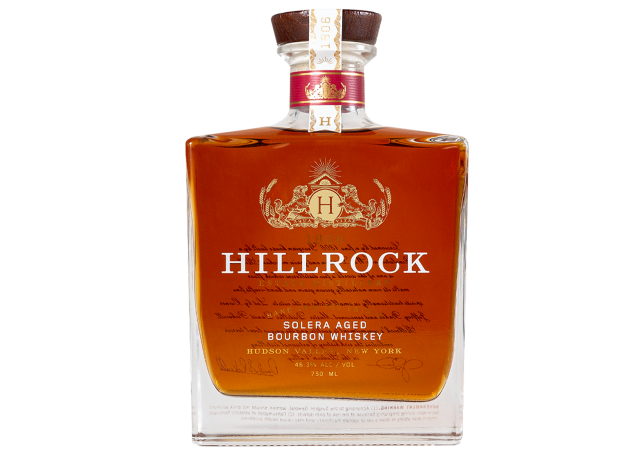
Bourbon Hillrock in the Hudson Valley in the US brings the new and old world together with their Solera Aged Bourbon finished in Premier Cru Sauternes barrels
Finally, I found a Tequila, Siempre Tequila Rebel Cask, a wild fermented Supremo Plata Tequila aged 8 months exclusively in Bordeaux Sauternes casks.


